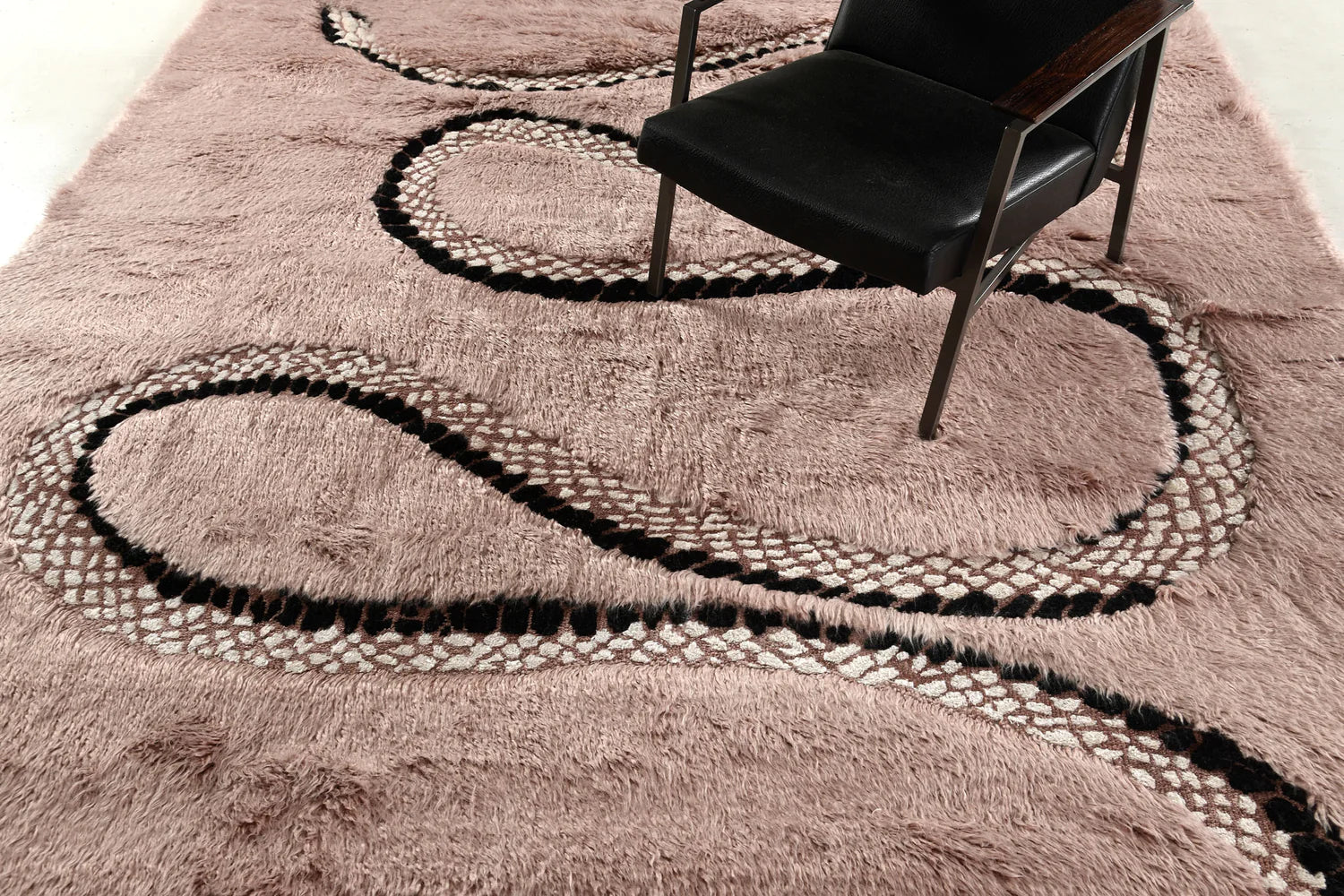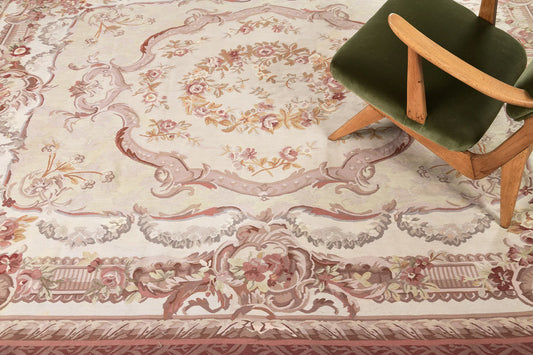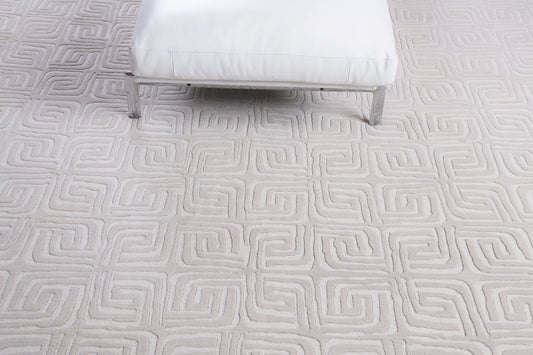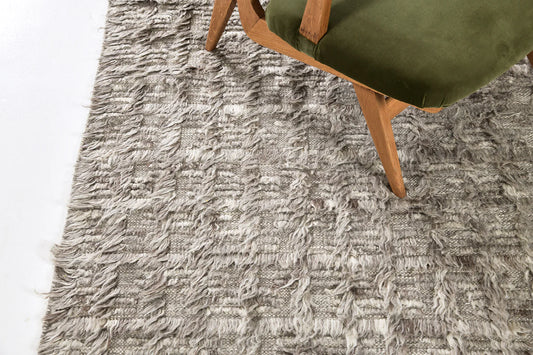The story of mohair rugs dates back centuries, to a time when the meticulous art of rug making was a revered craft passed down through generations. The history of mohair itself can be traced to the Angora goat, a species renowned for its long, silky fleece. These goats, native to the rugged terrain of Turkey, were initially valued for their lustrous coats, which were carefully sheared to produce fibers of unparalleled beauty and quality. It was from this raw material that the journey of mohair rugs began.
Though mohair textiles date back centuries, their adaptation into the world of high-end floor coverings blossomed in the mid-20th century. A pivot from the austerity of post-war design introduced a desire for elements that spoke of opulence yet offered longevity.
Mohair rugs satisfied this demand exquisitely, providing an aura of timeless elegance. Mehraban, ever the purveyor of the extraordinary, recognized this and has been instrumental in crafting mohair masterpieces that capture the essence of both classical and contemporary design ideologies.
The Modern Renaissance
The evolution of mohair rugs did not halt with their historical significance. In fact, as design sensibilities shifted over the centuries, mohair rugs adapted to cater to changing tastes while preserving their intrinsic allure. The 20th century saw a resurgence in demand for these luxurious creations, with designers and collectors seeking out these masterpieces to infuse an air of sophistication into contemporary spaces.
The interplay between tradition and modernity became a hallmark of mohair rug design. Craftsmen began to blend time-honored weaving techniques with innovative patterns and color palettes, breathing new life into these age-old treasures. This marriage of old-world craftsmanship and contemporary aesthetics gave rise to mohair rugs that effortlessly bridged the gap between heritage and the present.
What Makes Mohair Rugs Special?
The allure of mohair emanates not just from its natural sheen but also from its innate resilience. A paradox of sorts, mohair is simultaneously luxurious to the touch yet robust enough to withstand the ravages of time and foot traffic.
When it comes to colors, mohair fibers' unique ability to absorb and reflect light bestows them with a deep, vibrant hue that stays true regardless of the surrounding ambiance. This resilience to fading ensures that mohair rugs remain a vibrant centerpiece, steadfastly maintaining its allure over the years.
In an era that champions ethical consumption and sustainability, mohair rugs also emerge as pioneers of conscientious luxury. The gentle process of shearing Angora goats for their fleece aligns harmoniously with the principles of responsible sourcing, offering a more environmentally friendly alternative to traditional rug materials. Moreover, the creation of mohair rugs remains a labor-intensive endeavor, with skilled artisans meticulously weaving every thread by hand, paying homage to the time-honored craftsmanship of the past.
What Makes Mohair Rugs Timeless Investments?
Investing in a mohair rug is akin to acquiring a vintage timepiece or a rare edition of literary classics. Their intrinsic value isn't merely in their immediate beauty but in their capacity for enduring allure. The combination of mohair's natural durability with Mehraban's dedicated craftsmanship ensures that each rug not only retains its aesthetic brilliance but also its structural integrity over the years.
These rugs defy fleeting trends, perpetuating an elegance that never dims but only enriches with the passage of time.
Mehraban Featured Rug
Year of the Snake, by Liesel Plambeck
Within the intricate threads of this rug lies a profound personal significance for the designer, Liesel Plambeck. This creation stands as a tribute not only to her maternal lineage but also to the rich tapestry of her Taiwanese heritage, where the very essence of a land's mythology and imagery is woven into the fabric of stories. At the heart of this rug's design resides a serpent, a symbol laden with auspicious meanings. However, it is Liesel's rendition of this serpent that truly captivates, a creature that possesses a beguiling charm all its own.
Unfolding its sinuous form, the serpent emerges as a mesmerizing presence, its depiction shifting between soft grassy cashmere and luxurious silk adorned upon a woolen canvas. The alchemy of materials and the meticulous craftsmanship are palpable, echoing the skillful hands that brought this rug to life.
As this rug finds its place within a room, its true magic unfolds. The serpent's graceful curves peek from beneath furnishings, weaving an invisible thread that harmoniously connects elements into a cohesive symphony of design. The artistry of the rug, like an unspoken language, bridges gaps and forms a narrative that echoes from the past to the present, crafting a space that is more than just decor – it's an embodiment of stories, heritage, and the seamless unity of design.







